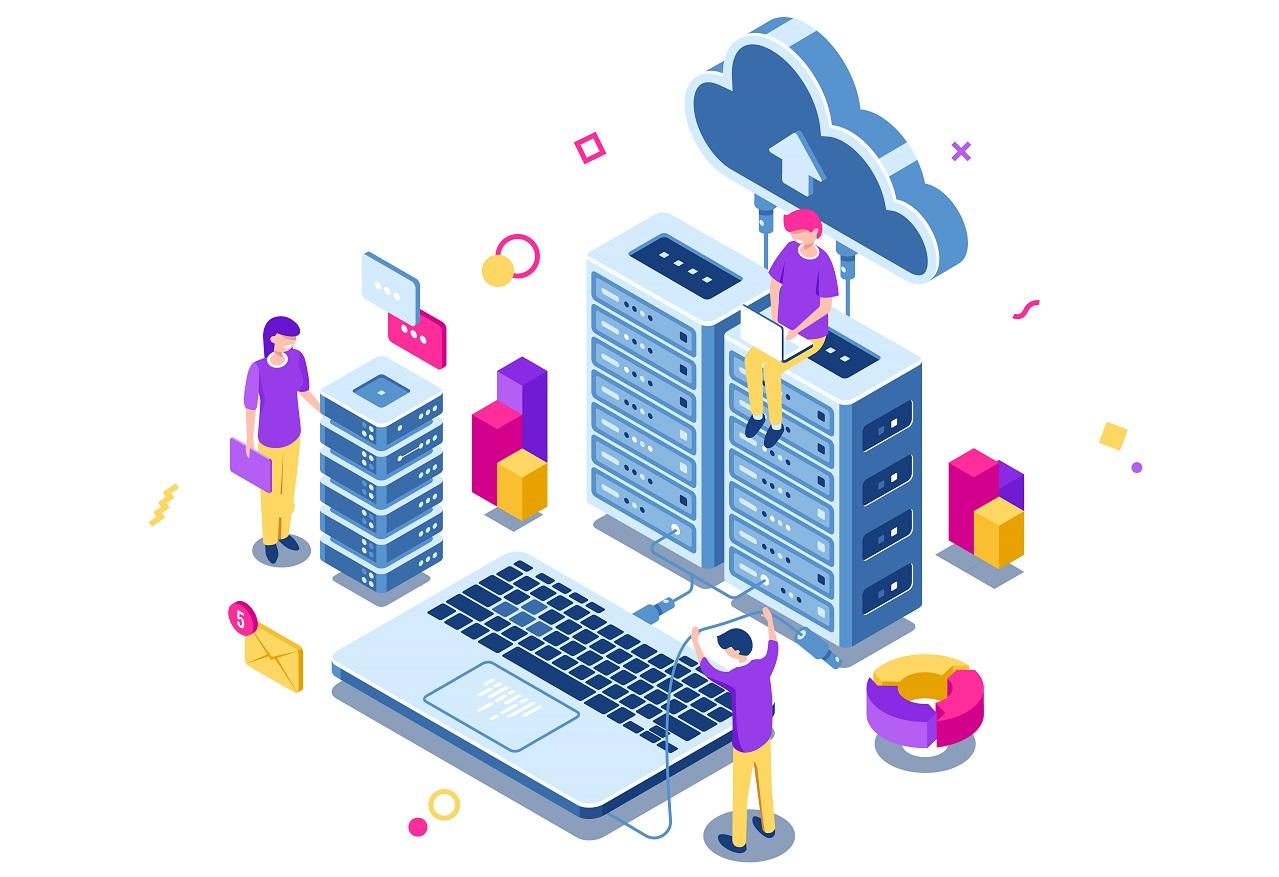
Cloud computing is about providing computer resources on demand through a PAYG model. These resources include virtual machines, databases, shared servers, data storage, user management, and the like. According to recent report, the total cloud computing industry size is expected to reach USD 371 billion in annual revenue by the end of 2021.
There are three types of cloud computing:
- Infrastructure-as-a-service (IaaS)
- Software as a service (SaaS)
- Applications as a service (AaaS)
Infrastructure-as-a-Service, also known as IaaS, delivers IT infrastructure consisting of server, network, storage and software. On the other hand, SaaS is about applications and software as a service. With AaaS, businesses can use applications, database, web browser, and other components. On the other hand, here application service provider (AAP) provides the infrastructure along with support for development and deployment of apps.
Essential Factors
One of the most essential factors to recognize when looking at the three types of cloud computing is scalability. In a traditional cloud environment, users do not have control over their applications' performance, only that it is hosted on a remote server.
Hence, users' experience of using the app will be less than ideal if they want to make significant changes in the system. Thus, to ensure that users get the best utilization of their apps, companies must deploy scalability types to allow the expansion of business into new areas.
Scalability in this context pertains to the ability to adjust the sizes of cloud infrastructure based on the current needs of the company.
Another type of Cloud Computing
Another two types of cloud computing are utility computing and creation/analysis of databases. The cloud computing allow users to access stored information via the internet while the latter types of cloud computing provide storage/retrieval capabilities through proprietary online servers.
Like the utility cloud, both types of clouds support basic functionality such as file storage and retrieving. However, the utility cloud also allows users to retrieve and save files locally by means of a web browser while the database cloud does the same using a software installed on the user's computer or through remote servers.
Infrastructure Clouds
Infrastructure clouds also provide services such as email, intranet access, calendaring, collaborative editing, and transcription. When compared to the utility cloud, these types of cloud infrastructure are much more flexible since users can decide on the features that they need.
However, in a very fast-moving world where businesses move faster, it is important for businesses to consider an investment such as this one which will last longer. These types of clouds are usually established using a software developer who designs the system and implements the necessary components needed by the organization.
Large enterprises and businesses have a large number of options for cloud infrastructure. While many small businesses and start-ups may not be able to afford the services offered by large enterprises, small enterprises and start-ups can choose to deploy their own tools. Also, read about cloud deployment models here.
Virtualization Infrastructure
Some of these tools include desktop virtualization, which enables the use of a software program that is installed on a user's computer; virtualization infrastructure which enables a system administrator to create virtual machines that function virtually like a physical machine; and IaaS or Internet-as-a-Service which provides hosted services using applications developed in the vendor's data center.
Scalability is another consideration for businesses considering investing in on-premises infrastructure. Many cloud services offer scalability plans that can grow with the business. This type of scalability is supported by the hosting provider and can be easily upgraded by the service provider if the business needs more resources.
The on-premises infrastructure has no provision for growth. With the cloud offers several features and resources that are available to the customer at a very affordable price.
Final Words
While all three of these areas have distinct characteristics, they work together to form the cloud infrastructure. Cloud computing includes the functionality of all three areas and combines them into a common solution.
This process of combining different types of cloud computing helps to make cloud computing more affordable and easier to implement. This type of computing helps to create flexibility in the way that computing can be done while making it much more convenient.
Also read about:
Fssai License Registration Process Documentation and Exceptions
ONLINE PASSPORT SERVICE CHANGES
How ISO Management no Systems Implementation Works








